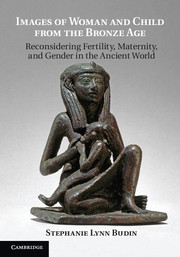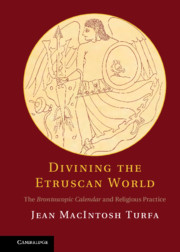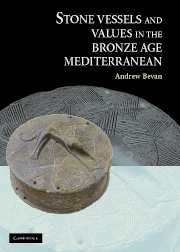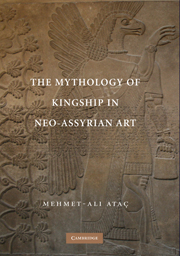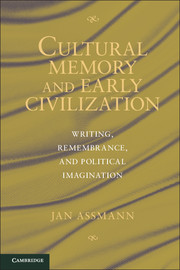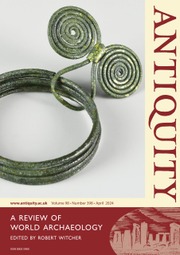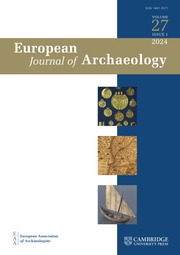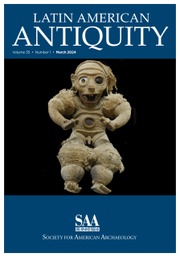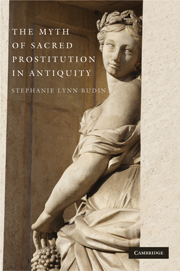Images of Woman and Child from the Bronze Age
This book is a study of the woman-and-child motif - known as the kourotrophos - as it appeared in the Bronze Age eastern Mediterranean. Stephanie Lynn Budin argues that, contrary to many current beliefs, the image was not a universal symbol of maternity or a depiction of a mother goddess. In most of the ancient world, kourotrophic iconography was relatively rare in comparison to other images of women and served a number of different symbolic functions, ranging from honoring the king of Egypt to adding strength to magical spells to depicting scenes of daily life. This work provides an in-depth examination of ancient kourotrophoi and engages with a variety of debates that they have spawned, including their role in the rise of patriarchy and what they say about ancient constructions of gender.
- Well illustrated
- Geographically inclusive
- Unique in the field
Reviews & endorsements
'The book debunks several long-held and unsubstantiated beliefs in the literature, and reorients our thinking about images of women and children towards a context-specific approach.' Allison Thomason, Near Eastern Archaeology
Product details
April 2014Paperback
9781107660328
396 pages
254 × 178 × 21 mm
0.69kg
46 b/w illus.
Available
Table of Contents
- 1. Introduction
- 2. Egypt
- 3. The Levant and Anatolia
- 4. Mesopotamia and Iran
- 5. Cyprus
- 6. Aegean
- 7. Conclusions.

